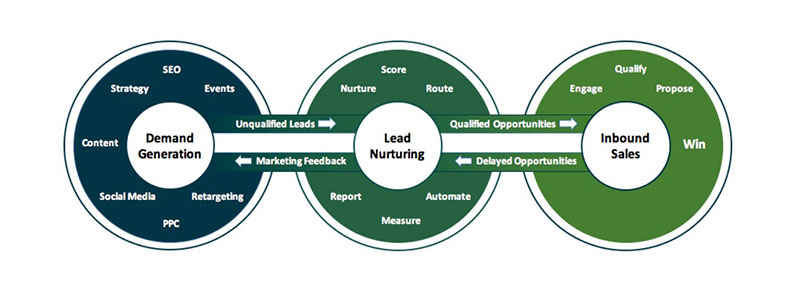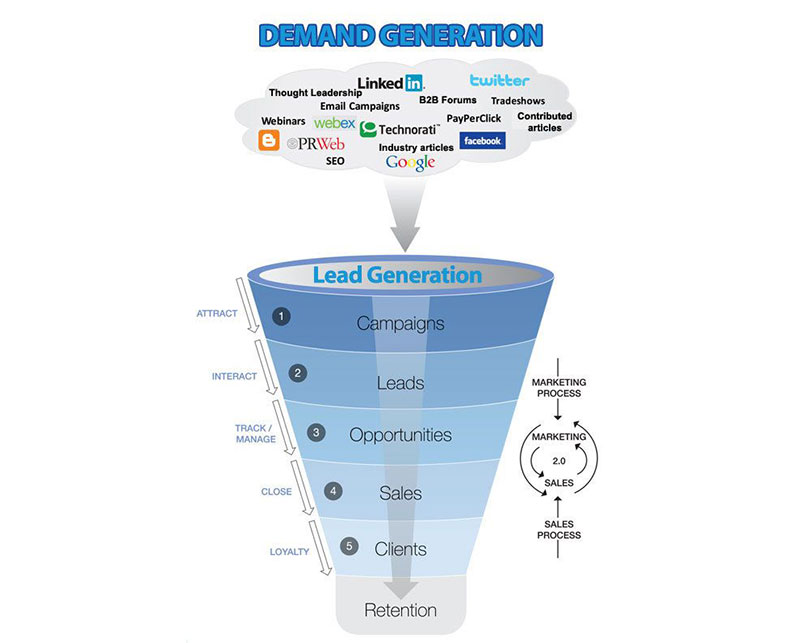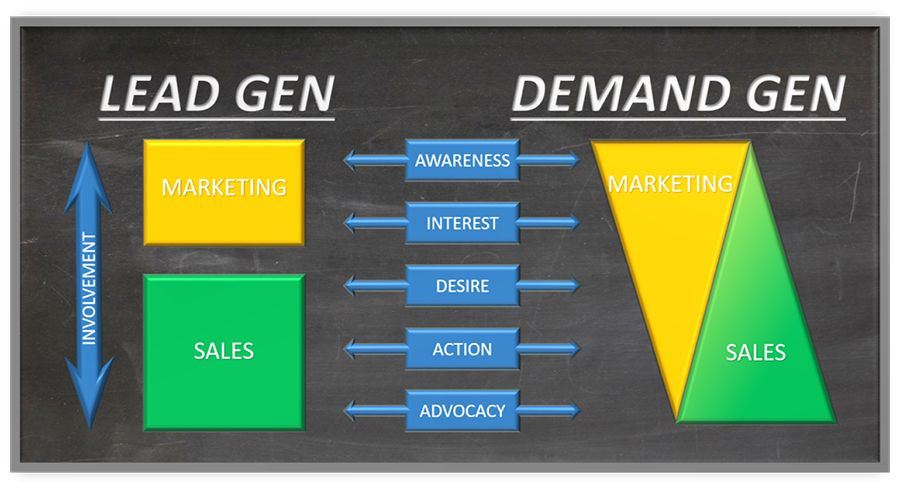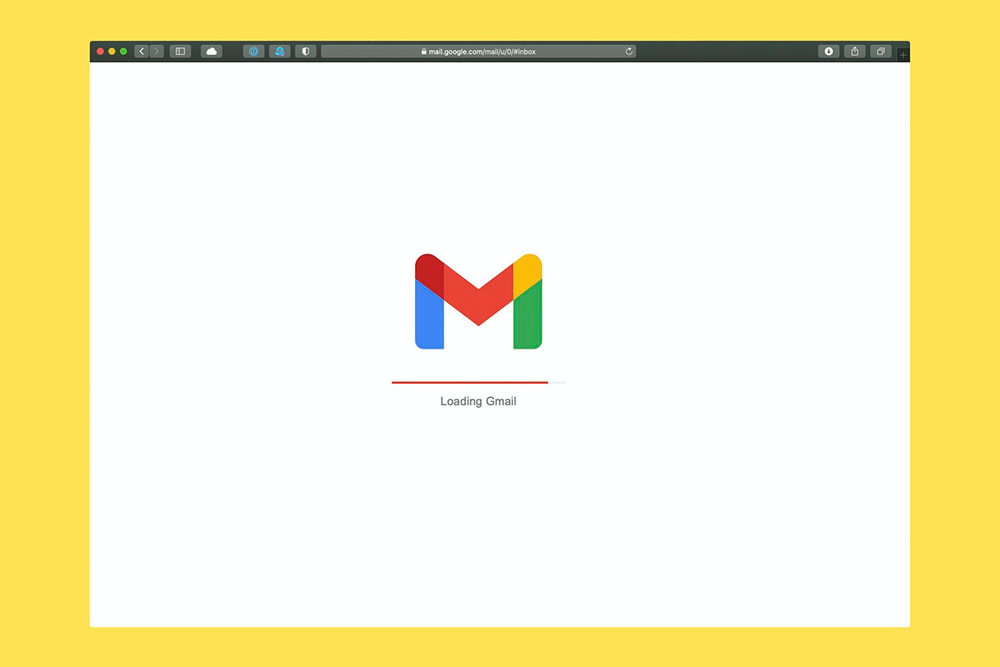Many phrases are used in marketing, without their differences being plainly outlined. Phrases can get mixed up because of ever-changing tactics, all the existing jargon, and ‘the next big thing’ looming on the horizon. One example of this is the difference between ‘demand generation’ vs ‘lead generation.
Demand generation and lead generation are confusing because both have similar characteristics. However, each has different goals and strategies. Understanding these differences can help you to plan a more effective marketing strategy.
Some B2B marketing critics use the terms interchangeably, perhaps because Lead generation falls under the general demand generation umbrella. However, lead generation is a specific part of the process and has its own set of strategies.
This article will define demand generation vs lead generation and outline how they differ from and complement each other.
Demand Generation

Demand generation focuses on increasing awareness or generating demand for goods or services. Demand generation attracts prospective clients to your website or company, gains their trust, and interest in doing business with you.
Customers becoming more aware of your brand is not the sole focus of what demand generation aims to achieve. Demand generation aims to reach the emotions of people. To help potential customers realize the pain or loss they are experiencing by not buying your product or service. This is how demand is generated.
Building trust and enhancing your reputation is important if you want people to want to do business with you. Demand generation reaches your audience without requiring them to provide their contact information.
Content marketing is used to achieve this. Some types of demand generation content are:
- Blog posts or articles
- Social media posts
- Podcasts and interviews ·
- YouTube videos
- Slideshares
- Paid search or social media campaigns
- Press releases
- Free tools
- SEO-optimized content
- Case studies
- Resource pages
- Infographics
Lead Generation

Lead generation focuses on converting your attracted audience into leads. At this stage acquiring customer contact information is vital to get them ready to move onto the lead nurturing process.
Lead generation is a way of funneling in eventual purchasers of your goods or services (guiding them down the buying path). The purpose is to find eligible leads for your company so that their interest can be followed up on and nurtured by a salesperson.
This process of converting prospects to buyers usually starts with creating gated content. Then to receive that piece of content, the person’s contact information is requested.
Some types of lead generation content are:
- Different kinds of gated content (such as an eBook, checklist, cheat sheet, PDF, whitepaper, etc.)
- Viral Contests (where a person inputs their contact details to enter)
- Email subscriptions (e.g., to a blog)
- Product Demos
- Free-Trials
- Events
- Courses
Demand Generation Vs Lead Generation – The Differences

There are several differences between demand generation vs lead generation.
The first is that demand generation seeks to create interest/demand in customers by showing them why they need your products. Whereas lead generation focuses on using gated content to turn that interest into contact details (leads) to pass on to your sales team.
Both use different types of content. Demand generation uses free, openly available content to create product awareness. Lead generation content is usually “gated.” This means your audience has to give their contact information to gain access to that piece of content.
Demand generation deals with reaching buyers that are at the very top of the sales funnel. Those who are not yet aware that they need what you are offering. Demand gen seeks to awaken in them a sense of need for your product or service.
This is done by creating an "aha moment" for the buyer. This causes them to see a problem they may not have noticed before, and that your product is a viable solution for their particular problem.
Lead generation is the process of harvesting that created demand by gathering contact details for Sales to close. In essence, demand generation pulls in buyers, while lead generation focuses on collecting contact information for Sales to follow up on.
Demand Generation Vs Lead Generation: Which One Should Organizations Focus On?

Demand generation vs lead generation. Which is more important? For your business to be successful it is necessary to combine effective marketing strategies. Using effective strategies in harmony increases the chance of attracting and keeping customers.
So too with demand generation and lead generation. Both work in harmony and are equally important for B2B marketing strategies. After all, effective leads can’t be created if no demand is being generated. Also, the demand that you have generated counts for very little if you can't nurture it and convert it into leads to ‘close the deal’.
Imagine what it would be like to attempt to generate leads without the demand generation element. You could place a few pieces of gated content on its own landing page. Include popup forms, follow-up nurture campaigns, and conversion opportunities positioned on your site.
All this could be likened to a fisherman equipped with all the right tools except for bait. Without bait how will he attract fish? Similarly, without demand generation, how will potential buyers be attracted to your website to be converted to leads?
Now imagine the reverse. Imagine putting in the work to generate demand without having the support of lead generation. This would be like having the bait to attract fish but no equipment to reel in the catch.
You would be attracting potential buyers to your website. Without lead generation, closing sales would be dependent on if and when customers choose to follow up with you.
Demand generation vs lead generation, which can you get away with ignoring? Neither. It is difficult to measure how much of your generated demand is converted into revenue for your business if lead generation is ignored.
Conversely, lead generation alone is not enough as it is limited; reaching only a small audience. This means that if you ignore demand generation, you will have to give more attention to building a buzz for your content than for your product.
Conclusion On Demand Generation Vs Lead Generation: The Difference
Some persons confuse demand generation and lead generation can be confusing and the terms are sometimes used interchangeably. However, doing so can harm your company. Failure to understand the differences between these concepts results in not knowing how they work together.
This can cause you to miss out on leads and cost you more money per lead (CPL) than necessary. Understanding the distinct differences between both in your B2B marketing strategy will help:
- lowering your Cost per Lead (CPL)
- creating more leads that will more likely be accepted by your sales team
- creating more leads that convert to revenue
It’s essential to be aware of differences between the two activities to properly make them work together in your marketing strategy.
An effective marketing strategy recognizes the strengths of both and does not ignore one or the other. Instead, both demand and lead generation are made to work together.
Demand generation to attract (bait) new prospects and lead generation to identify and nurture (reel in) qualified leads.
If you enjoyed reading this article about demand generation vs lead generation, you should read these as well:


